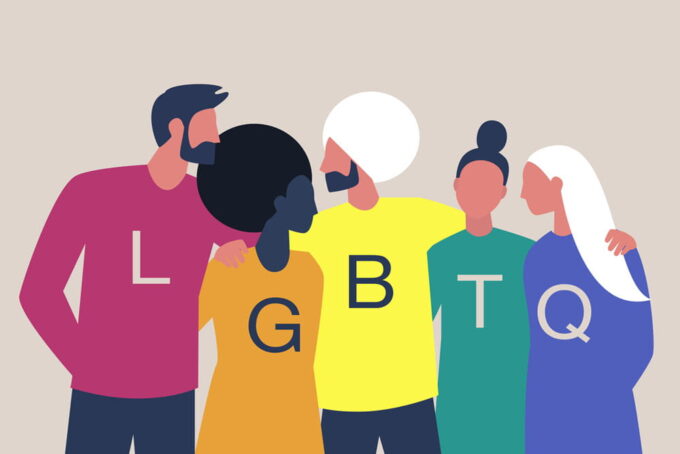There are two sides to creating an inclusive environment at work: the formal and the informal.
The formal side comprises the rules and policies that ensure the safety and security of your employees against discriminatory behavior. These changes are clear and defined, and undoubtedly the area in which most businesses have made significant progress in their DE&I development. Examples include:
- The establishment of equal promotional and recruitment opportunities.
- An initiative to design employer benefits that apply to all employees (for example, considering non-traditional family composition).
- The provision of compulsory DE&I training and education for all employees.
- The provision of inclusive dress codes and office amenities (such as gender-neutral restrooms).
The informal side is much less tangible and is consequently harder to define. It focuses on the everyday culture of an organization, including the language with which colleagues communicate with each other. Do people use gender-neutral language in a social context (e.g., enquiring about a “partner” instead of assuming the gender of a significant other), and use co-workers’ pronouns respectfully? How much visibility and support is given to LGBTQ+ initiatives? Do colleagues flag potentially discriminatory behavior and suggest ways to eliminate it?
Business leaders must take responsibility
Senior leaders need to ask themselves these questions regularly. While a supportive and progressive HR department is pivotal to promoting inclusion in the workplace, it is vital that senior leaders support their LGBTQ+ employees by driving inclusivity.
In recent research from Deloitte, almost three-quarters of LGBTQ+ executives surveyed see internal improvements in workplace inclusivity following their organization’s decision to displays external, visible support of the LGBTQ+ community as part of their branding. As the public faces of the company, the CEO and leadership team must be aligned with this inclusive brand message and ensure that it becomes integrated into corporate culture.
Surround yourself with experts
Given that LGBTQ+ executives are underrepresented at every level of management, most notably at the highest levels, it is likely that many senior leaders don’t understand the experience of being an LGBTQ+ person at work. While they may comprehend the overall importance of inclusion, bridging the gap to true empathy is challenging.









 Audio available
Audio available